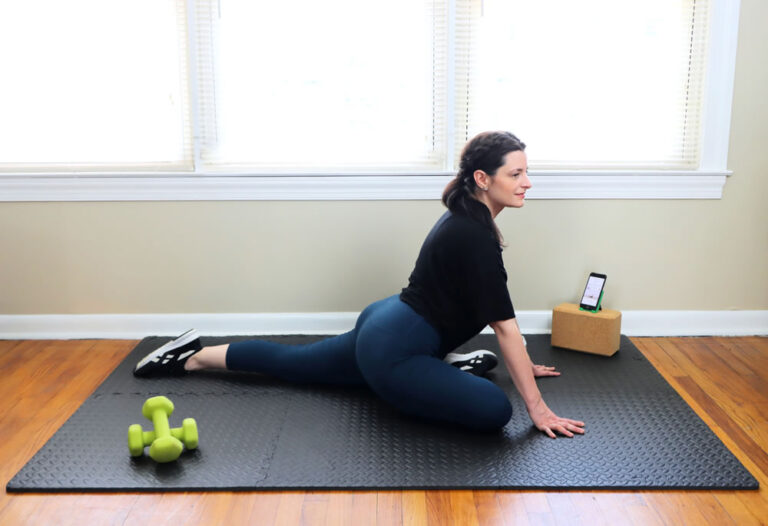The (CDC), reports that 72 percent of Americans are overweight. And it’s no wonder as processed, sugary, fatty foods and 500-calorie coffee drinks are lurking around every corner. Loaded with calories and little nutrition, these foods make it easy to pack on fat even if you’re technically not eating much.
If you’re motivated to drop 5, 10, or more pounds, this easy guide will help you with tips to get started on your weight loss journey.
The Health Benefits of Losing 10 Pounds
By losing 10 pounds, you can expect to go down a pants size. But 10 pounds of fat loss can also have significant health benefits.
You’ll Feel Better
Healthy habits like eating right and exercising can give you more energy, lower cortisol (our stress hormone) and naturally boost our mood. Losing weight can improve your physical health, but it can also boost your confidence too.
You’ll Relieve Joint Pain and Have Better Mobility
Extra weight can wear out joints faster and make movement more difficult. For each pound lost, you’ll relieve 4 pounds from your knees and lower joints (1).
After 10 pounds lost, that’s 40 fewer pounds of pressure! With more pep in your step, carrying your groceries and taking the stairs will feel like a breeze.
You’ll Reduce Inflammation
Fat loss can reduce the release of inflammatory proteins triggered by excess fat in the body, called cytokines.
These chemicals can damage cells over time, contribute to obesity, and lead to chronic diseases like arthritis (2). With less inflammation, you may also feel more energetic (3, 4).

You Can Improve Blood Pressure
A recent Harvard study found that for every pound lost, your blood pressure can decrease by a point (5). If you have high blood pressure, losing 10 pounds could decrease your blood pressure levels by 10 points.
You Can Improve Cholesterol Levels
Exercise and losing body fat can help lower high cholesterol levels, which can also lower your risk of heart disease.
You Can Reverse Insulin Resistance
Research shows that losing 5 to 7 percent of your body weight can help reverse insulin resistance (6). For a 150-pound person, that’s 10 pounds.
Insulin is a hormone made by the pancreas whose job is to deliver glucose into cells. But things like poor diet and lack of exercise can make cells less responsive to its effects.
This pre-diabetic state can make you hungry all the time and trigger the body to store fat (especially around the abdominal area). Untreated, insulin resistance can turn into diabetes.
You’ll Sleep Better
Losing weight can improve sleep, reduce stress, and boost energy. Once you’re sleeping better, you may notice fewer cravings for junk food during the day. While not fully understood, studies show that those with poor sleep habits are more likely to make unhealthy food choices.
Weight loss can also help ease sleep apnea. This condition causes excess neck fat to narrow the airway of the upper respiratory tract and makes it hard to breathe while sleeping.
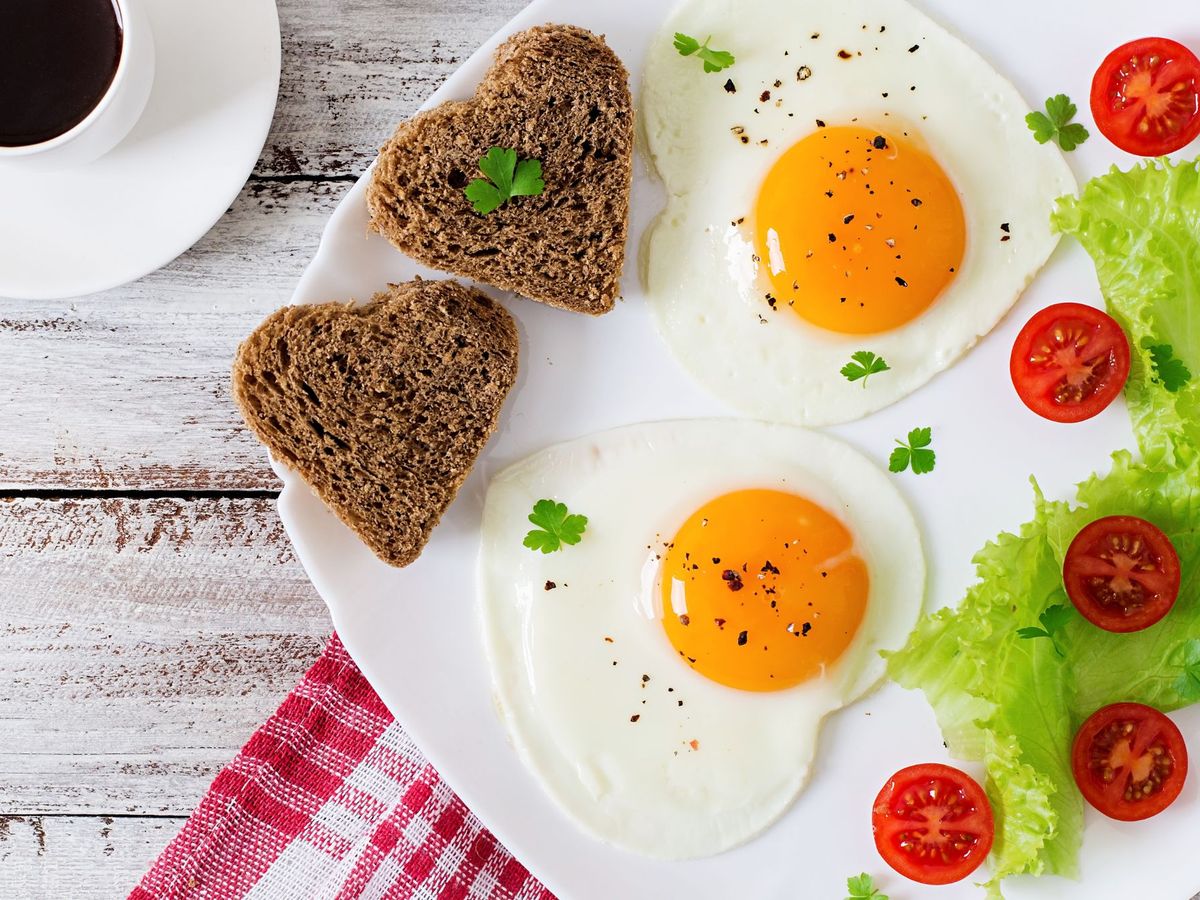
How Fast Can You Lose 10 Pounds?
A weight loss goal of 1-2 pounds per week is a healthy and doable goal recommended by most fitness experts and physicians. That works out to 4 to 8 pounds per month.
To lose 1 pound per week, you’ll need to create a 500 calorie deficit each day through a healthy diet and exercise.
Depending on your body type, activity level and diet, it is possible you may naturally lose more. Factors like age, stress levels, diet, and hormones can also affect the speed of fat loss.
Avoid cutting calories too low, which can end up hurting your body and your chances of weight loss success.
Why Weighing Yourself on the Scale Isn’t 100% Reliable
Once you commit to eating healthier and exercising, you might become frustrated when you see the numbers on the scale rise.
Here are some facts to put your mind at ease:
1. On a normal day, the average adult’s weight can fluctuate up to 5 or more pounds.
Factors that can fluctuate your weight include how hydrated you are, what you’re eating, medications and supplements, hormones, and time of day. Initially, rapid weight loss may be mostly water.
2. Exercising as part of your weight loss program will encourage muscle growth. Putting on muscle before you shed fat will show as weight gain on the scale.
This is what you want! Pound for pound muscle is denser and more compact than fat. Muscle also boosts your metabolism and speeds up fat burning.
Don’t rely on the scale to track your progress. Instead, with a tape measure, measure the largest circumference of your:
-
- Chest
- Upper Arms
- Waist
- Hips
- Upper Thighs
- Calves (optional)
Write these measurements down and every 2 to 4 weeks, check again to monitor your progress. Always take measurements before you eat and after you’ve used the bathroom in the morning.
Remember, it’s not only weight loss you’re after, but fat loss. And if you’re clothes are feeling loser you’re moving in the right direction.
If you’re eating right and exercising and you’re having trouble shedding the fat, consult with a fitness coach, dietician or physician to pinpoint what the issue may be.
How to Lose 10 Pounds (Or More): 10 Tips to Get You Started
Losing weight technically shouldn’t be hard. It’s changing our mindset and unhealthy habits that can be challenging.
Here are some key tips to get you started on your weight loss journey.
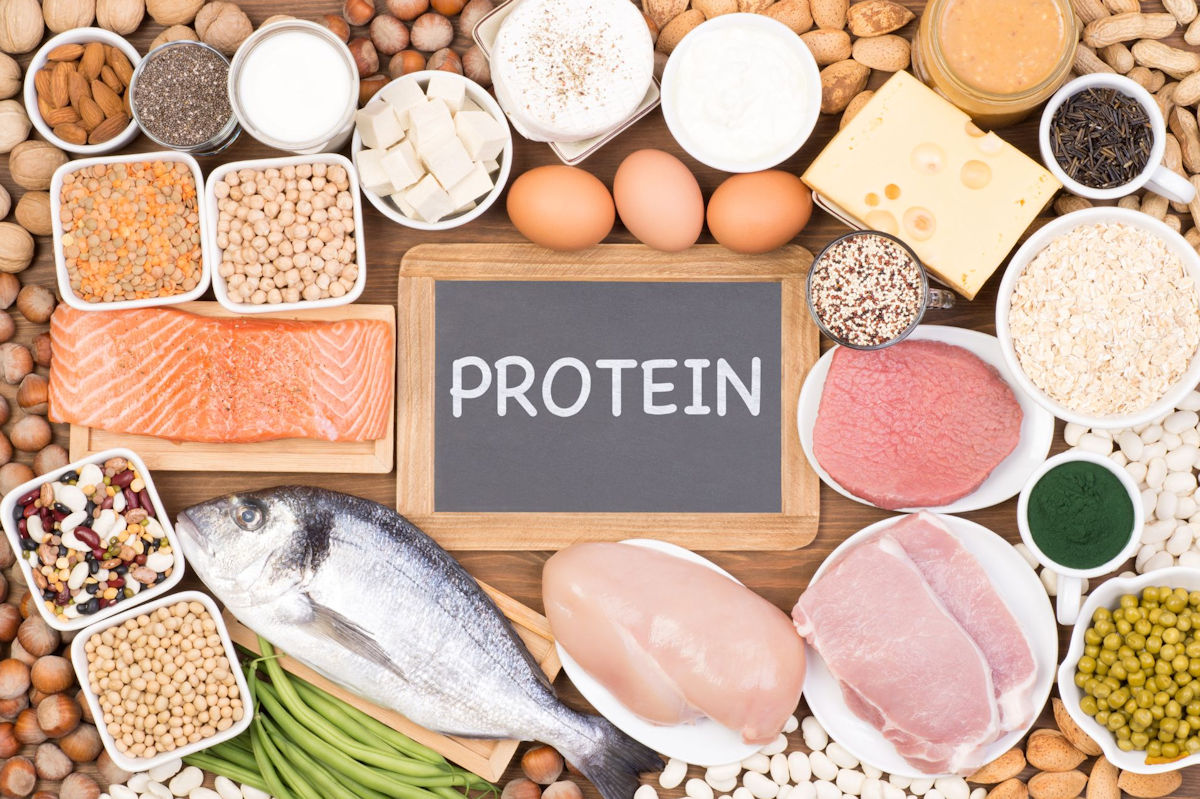
1. Focus on Eating Lean Protein
Protein helps your body build muscle, healthy bones, repair tissues and make enzymes and hormones. It can also help you drop the weight. And most of us aren’t eating enough of it.
Protein is more satiating than fat or carbs (you’ll snack less). But the body also uses about 25% to 30% of its calories to break it down into digestible amino acids. Known as the thermic effect of food (TEF), this means for every 100 calories of protein eaten, it will only register as about 70 calories in your body (7).
If you’re weight or resistance training, protein also supports muscle growth. Muscle naturally boosts metabolism and will help speed up fat loss.
What to do: Aim for 20-30g of high-quality lean protein at each meal.
How to do it: Print or save this awesome food protein chart and stick it on your fridge.
A kitchen scale can help you measure out servings of protein. A food tracking app can help you calculate your individual protein needs.
What to eat: Chicken or turkey breast (4 ounces is 30g of protein), lean steak (4 ounces is 31 g of protein), eggs (1 large egg is 6 grams of protein), shrimp (20g protein in 3 ounces), and salmon (6 oz is 36 grams of protein) are great options.
Dairy sources of protein include Greek Yogurt, and cottage cheese.
Vegan-friendly protein options include tofu, tempeh, chickpeas, beans, lentils, vegan protein powder.
2. Eat More Mindfully: Chew Your Food Slowly
A recent study published in Scientific Reports found that chewing food slowly can have a big impact on weight loss.
Researchers found that slow chewing increased diet-induced thermogenesis (DIT) – a measurement of how much heat the body generates in the body after eating (8). More heat boosts metabolism, which means you burn more calories.
Eating quickly or drinking calories only trigger a low level of DIT and can promote weight gain.
What to do: When eating, take time to enjoy your food and avoid distractions like eating in front of the T.V
How many?: Chew each bite 20 to 30 times before swallowing.
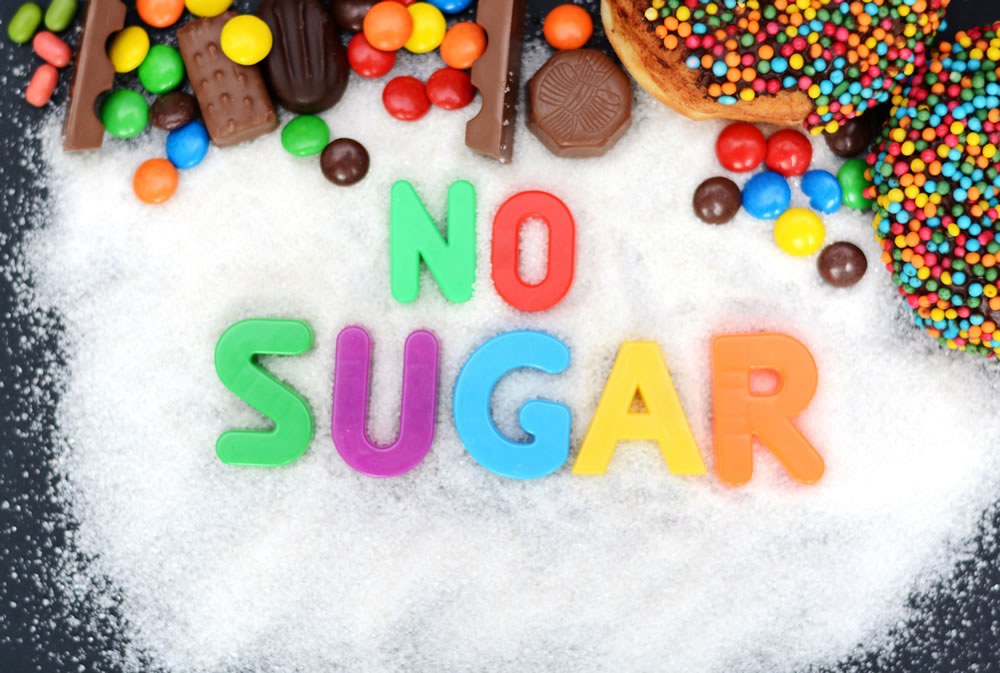
3. Avoid Fructose, Added Sugar and Refined Carbs
Refined carbs like white flour and sugar add extra calories to foods like baked goods, cookies, juices, and soda. But other than tasting good, these foods aren’t satiating and rarely have any nutritional benefits. What’s worse is these foods make you crave more sugar (9).
Fructose – a simple sugar found in fruit and high-fructose corn syrup – is a perfect example. Fructose doesn’t trigger the brain to release leptin, a hormone that tells us when we’re full. It also increases the hormone ghrelin, which increases appetite (10).
This means fructose can cause us to overeat. But research shows it also make us sluggish and store fat at a higher rate than glucose (11).
An analysis published in BMJ found that cutting 10 to 71 grams of added sugar each day resulted in an average weight loss of almost 2 pounds (12).
What to Eat for Weight Loss: Reach for low sugar, high-quality unprocessed whole foods that have their vitamins, minerals and fiber intact.
- For snacks, go for satiating high-protein snacks to keep you satiated like hard-boiled eggs, Greek yogurt, or low-fat string cheese.
- Berries (blueberries, raspberries and blackberries) are hydrating low calorie fruits that have fiber and nutrients that can nourish your body while providing you with something a little sweet.
- Zero calorie alternative sweeteners like stevia, allulose and monk fruit can be substituted for sugar.
Foods to avoid: Food with high fructose corn syrup like soda, fruit juices, jams, fruit filled yogurt, white breads, processed baked and packaged foods.

4. Make Sleep a Priority
Studies have shown that lack of sleep can alter our brain chemistry and cause us to choose more high-carb, high-calorie foods during the day (13).
Staying up later also gives us more opportunity to eat more, while increasing stress and zapping our energy during the day.
Researchers that conducted a sleep study published in JAMA Network with over 137,000 people found that we have a 20% greater risk of being overweight getting to bed after 10 pm.
That risk increased to 35% and 38% for people who went to bed between 2 and 6 am (14).
It’s believed the late bedtimes may spike the production of stress hormones, causing the body to hold on to belly fat. Long daytime naps also corresponded with more belly fat.
What to do: Aim for a 10 pm or earlier bedtime. Create a relaxing sleep routine to help you wind down for the night.
How long?: Get 7 to 9 hours of sleep each night (15).
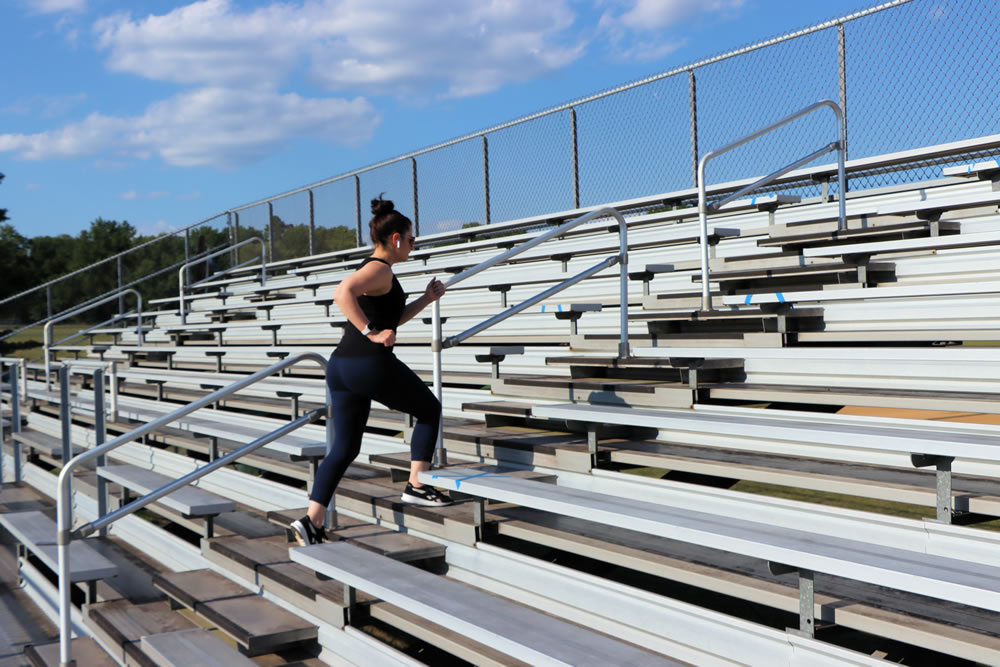
5. Get Active and Make Exercise Fun
For fat loss, what you eat is super important. But combining a healthy diet with exercise and movement can boost fat loss.
The Mayo Clinic recommends at least 300 minutes of moderate-intensity exercise each week to help with weight loss (16). That works out to about 40 minutes a day or 60 minutes 5 times per week.
You don’t have to commit to that all at once. Start slowly and work your way up.
If you’re short on time, studies show that shorter spurts of exercise throughout the day may be more effective than one long workout (17).
How to do it: There’s tons of ways to get active! Tennis, hiking, biking, kayaking swimming, Pilates, yoga, dance, surfing, skating and walking are just a few ideas. Youtube is a great resource for free fitness classes of every style. Mix things up to keep you motivated to stick with it.
6. Walk!
Easy and low-impact, walking can build endurance, reduce stress, and burn calories. And studies show it’s super effective for gradual and sustained fat loss.
To boost fat loss, walk fasted first thing in the morning before breakfast.
A 2019 study published in the journal Obesity found that doing two 25-minute walks per day for 6 days per week resulted in more weight loss than those who did one 50-minute walk per day (18).
How to do it: Start with 15 minutes and work your way up. You can also work up to 10,000 or more steps per day, which equals about three 20-minute walks.
To get the most benefits, walk briskly to get your heart rate working at a moderate intensity. You should be slightly breathless but still be able to hold a conversation. Taking the stairs counts too!
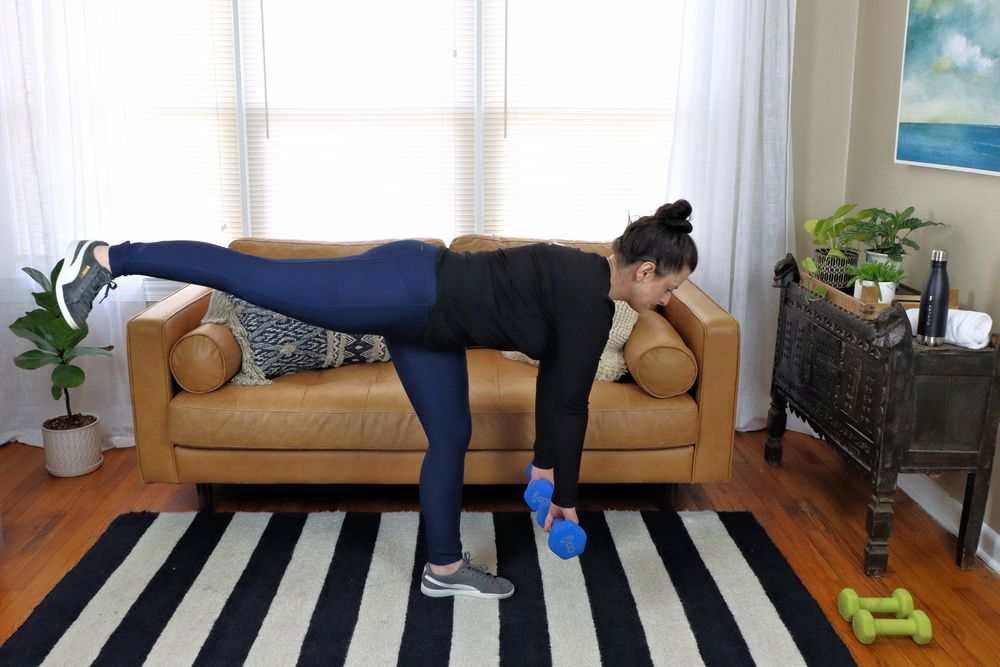
7. Add in Strength and Resistance Training
Exercising using weights, resistance bands or body weight exercises can build muscle, increase strength and boost metabolism.
And more muscle mass means you’ll burn more calories and fat. It can also help contour your body shape if that’s something you’re after.
If you need help, figuring out what exercises to do, or learning proper form, consider getting a fitness coach.
Completely remote, Future fitness app is a super convenient 1-on-1 personal training app. It makes getting started with working out super easy and no gym access is required.
How Often?: Experts recommend strength training 2 to 3 times per week. Here are some tips to start weight lifting at home.
How Long?: Work up to 20 to 30 minute training sessions.
💡 Try Future app and get 50% off the 1st month.
8. Become a NEAT Freak
It may not seem like much, but small bits of movement each day can add up to a big calorie burn at the end of the week.
Called NEAT (non-exercise thermogenesis) for short, it includes any movement that isn’t an official workout. While a workout may only last 30 to 60 minutes per session, NEAT can account for 66% of your potential calorie burn for the day.
Cleaning, bending down, cooking, gardening, taking out the garbage, washing the car, grocery shopping, and going up the stairs all count.
💡 How to do it: Here are 36 easy ways to increase your NEAT every day.
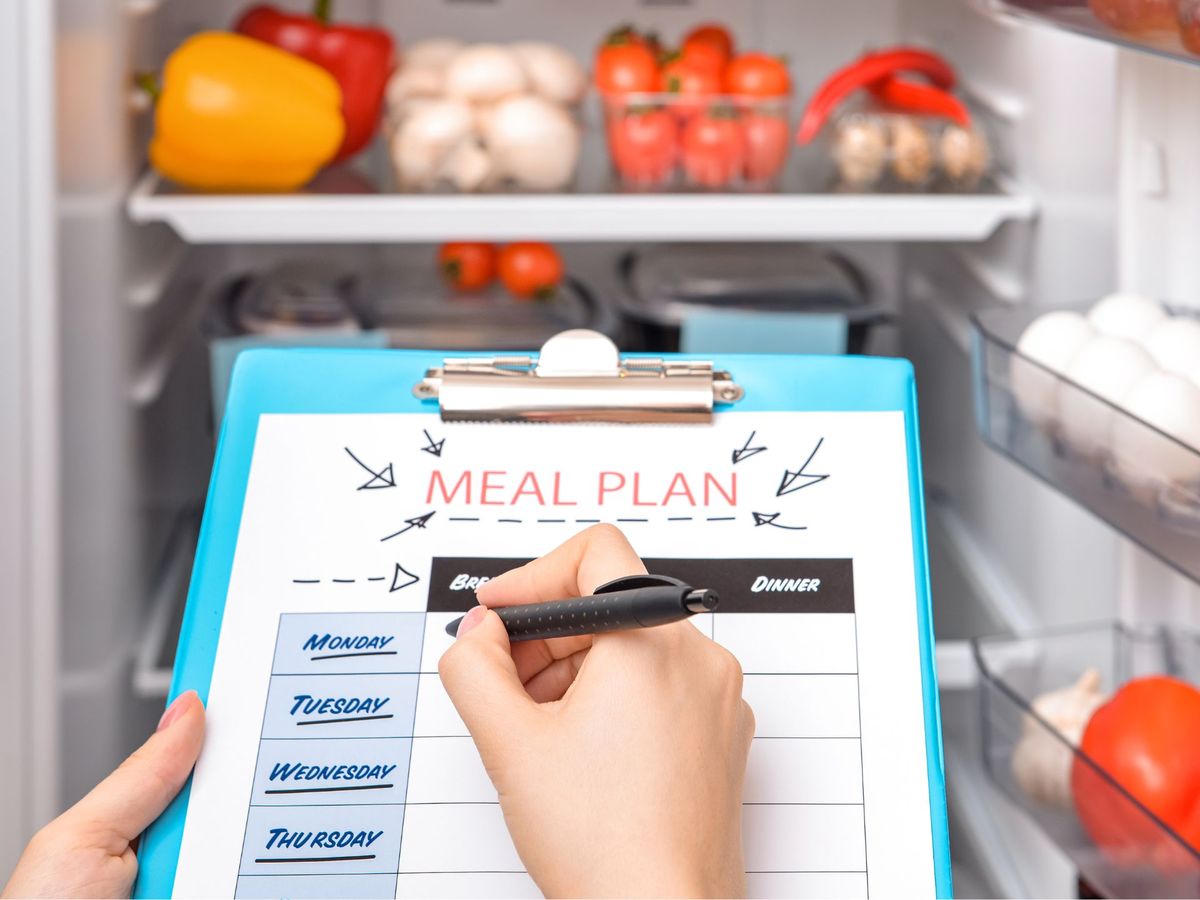
9. Track Your Food and Try Meal Planning
You don’t have to do it forever, but tracking your food with an app like MyFitnessPal or LoseIt! can show you if you’re eating too much.
These apps can also:
- Calculate how many calories you need to eat to lose 10 pounds.
- Keep track of your macros (macronutrients) so you’re eating protein, fat, and carbs in the right balance for weight loss.
- Help you factor in treats without blowing your weight loss goals.
- Help you identify where you need to improve.
- Provide meal plans (for a fee).
Meal planning or prepping some healthy meals can also make you less likely to make unhealthy choices at the last minute.
Weight loss and adopting a healthier lifestyle won’t happen overnight, but food tracking apps are a great tool to help you succeed.
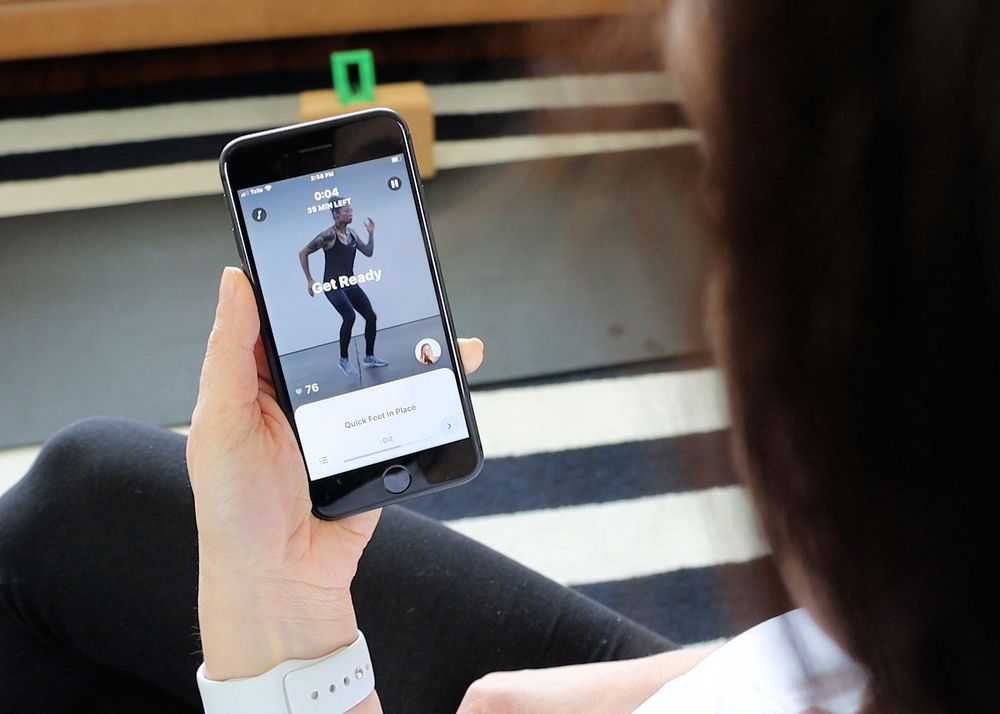
10. With Accountability You’ll Be 95% More Likely to Lose the Weight
Even if you know how to lose weight, staying on track can be hard. And if you’ve struggled with weight loss before or hit a plateau, a professional like a fitness coach can be the difference between losing the weight or not. They’ll give you expert weight loss advice and save you months or years of frustration.
And research shows that having someone checking in on us and holding us regularly accountable can make us 95% more likely to reach our weight loss goal (19).
A personal trainer or fitness coach will:
- Take the stress out of making a workout plan so you can lose the weight without losing your mind.
- Tell you exactly what exercises to do and help with form.
- Figure out the quickest path to weight loss success.
- Identify any mistakes you’re making, so you can quickly get back on track.
- Help you with food choices.
They’ll also help you stay motivated to exercise, consistent and make healthy choices so you reach your goal. It’s not easy, but will a little help you can make it happen.
You can find a personal trainer at your local fitness club. But as for flexibility, there’s nothing better than FUTURE fitness – a 100% remote 1-on-1 personal training app.
The best part is you don’t need a gym membership, and it’s perfect for any fitness level.
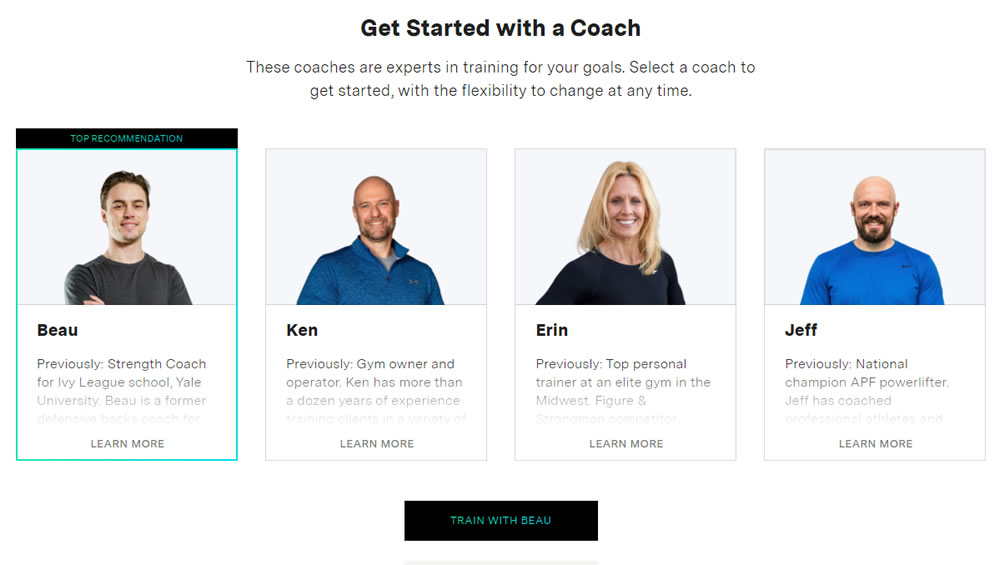
How Does the FUTURE Fitness App Work?
Once you sign up with FUTURE, you’ll get matched with one of their elite level fitness coaches (Check their bios).
After a video call with your coach, they’ll make you a custom workout plan every week based on your fitness level and weight loss goals.

But what makes FUTURE different from other fitness apps or platforms is that it’s based on the science of accountability. I’ve tried it and it works.
Your coach will check in with you every day to motivate you, give you on-demand advice, or even jump on a video call whenever you need it.
Having a workout plan laid out will set you up for success. But the connection you make with your FUTURE coach will keep you consistent and motivated so you melt the fat and have fun doing it.
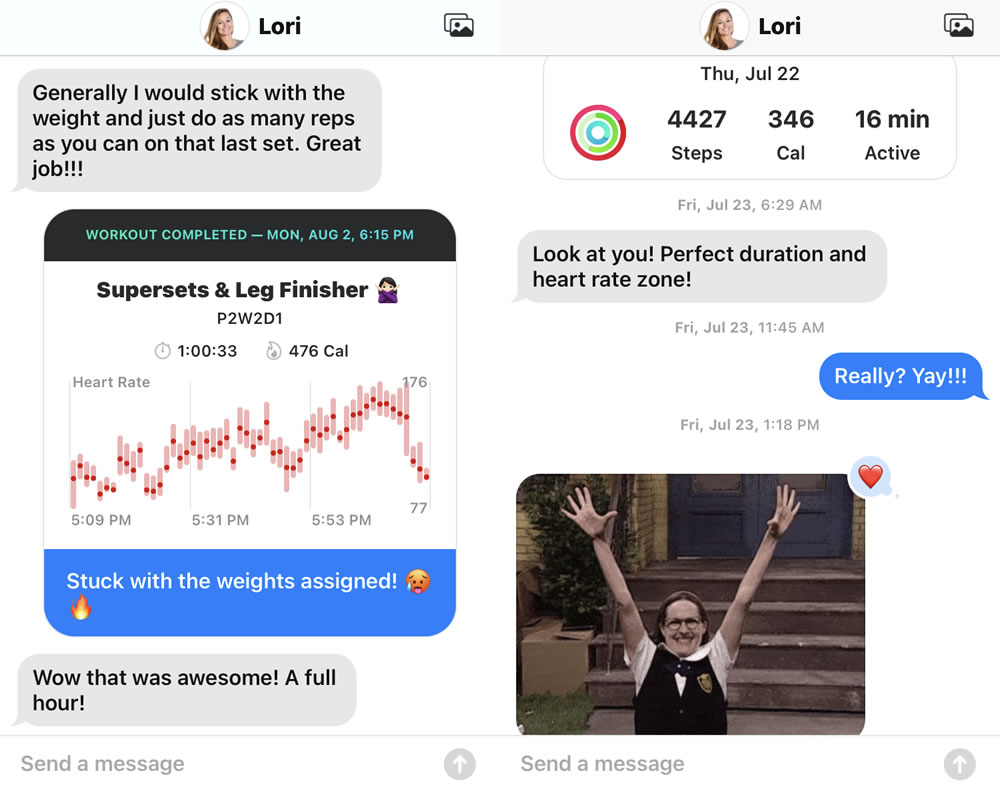
➡ READ OUR FULL FUTURE APP REVIEW.
If you want your weight loss journey to have 95% probability of success, give Future a try.
There’s no long-term obligation and you can cancel anytime.
If ten pounds is all you want to lose, one or two months may be all you need.
Motivated to Lose Weight, Feel Lighter and Boost Energy?
Give FUTURE app a try today and get 50% OFF the 1st Month.
Related Reading
➡ See how to stay motivated to exercise
➡ See the benefits of online fitness training
➡ See how to lose the last 10 pounds fast
➡ See how to get fit at home for beginners
➡ See 13 tips to start weight training at home
➡ See how to start exercising again (and stick with it!)
➡ See how to lose weight for your wedding
Better Living uses affiliate links. If you make a purchase through them, we may receive a small commission (for which we are deeply grateful) at no cost to you.

